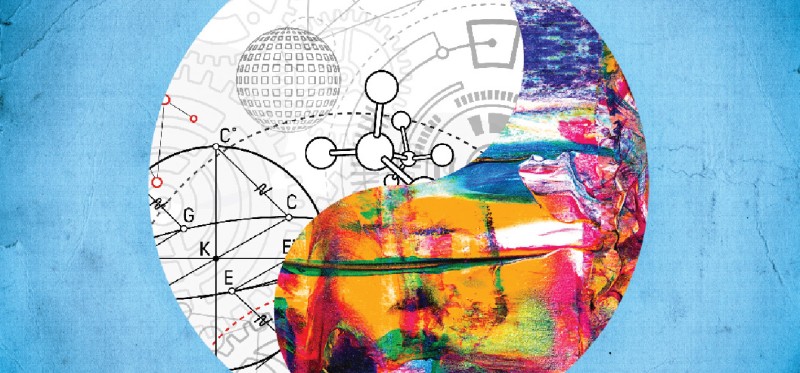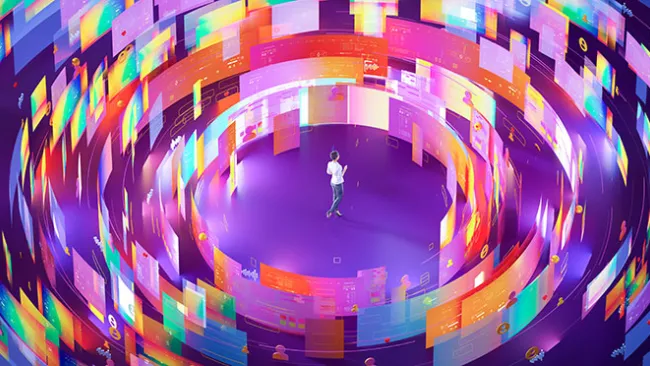The IT-marketing dynamic serves as a critical one in today’s marketplace. For marketers, a close connection with IT means having direct access to customer data—a top priority of all marketers, and a critical step to building strong customer engagement strategies. A true collaboration and partnership between these vital functions is essential.
Reality paints a different picture, however. According to a study by eConsultancy, while 78 percent of IT people think they work collaboratively with marketing, only 58 percent of marketers agree that’s the case. Despite the growing importance of data and its usage in customer experience, it seems that both marketing and IT are struggling to align effectively, resulting in a lack of important abilities for the business, such as access to real-time data. This gap is problematic for both groups, and especially for the end customers.
In the article, “A Higher Call for Product Design—Emotional Intelligence,” Gadi Amit said that for technology to move forward, technologists need to accept the leadership of designers, artists, and writers who see the world through a different, more humanistic lens. “In the next few years, design’s influence and authority will continue to grow among businesses. Companies that won’t—or don’t—acknowledge this will fade,” he said. Given that customer experience is such a huge priority for marketing, it’s clear that this bridge must be built and the teams must integrate more closely to achieve the end goals of improved engagement and customer satisfaction.
Here are my thoughts on how marketers can build effective working relationships with technologists in their organizations.
Create shared strategies and goals
IT and marketing are often challenged with prioritizing certain aspects of future-state customer experience (CX). Through a shared sense of purpose for the organization and a common vision for the future, the CIO and CMO will not only help to prioritize future-state core values, they’ll identify gaps in current state CX. Additionally, the shared vision will help to steer the teams on the same path to propel the organization forward. Only then will they see their ideas converge and the strategic outcomes realized.
Give both marketing and IT a seat at the CX table
Assigning both marketing and IT leaders executive responsibilities for overseeing the customer experience, or giving them direct lines to the chief customer experience officer, will help to play a key role in impacting the company's bottom line and cement their direct stake in the company’s revenue growth. With visible responsibility for delivering CX, marketing and IT will more effectively work together to take ownership of the customer experience, dig into data-based insights, and master the metrics that matter to the organization and their end customers.
Merge teams
According to an Accenture report, an estimated 49 percent of CIOs complain that marketing pulls in new technology without consulting IT. Possibly the best way to ensure team collaboration and to break down silos is to move marketing and IT teams together in the same area of the organization, or to set up virtual collaboration sessions discussing strategic initiatives. Close proximity and ongoing technological collaboration will encourage shared goals and metrics, help develop a common language, and enable a solid partnership between the CIO and CMO. An additional idea to further collaboration is to create a center of excellence that spans marketing and IT, map out the stages of the customers’ journeys, assign a cross-departmental staff to fit the required roles, and deliver jointly on milestone achievements. End customers benefit from all of these processes.
By following simple steps like these, IT teams will gain competitive knowledge and customer insight about how to engage with the market more effectively, and marketing gains stronger understanding of ways to effectively leverage various technology enabled tools. Combining these strengths helps ensure more effective use of digital marketing systems, adds more interactive features to websites and apps, and extracts more value out of customer data spread across the enterprise. In the end, they’re working toward the shared goal of improved customer engagement, and a positive customer experience.
To read about the intersection of design and technology, go to TeleTech’s Technology of Us.
Also, check out the most recent issue of our eNewsletter.















